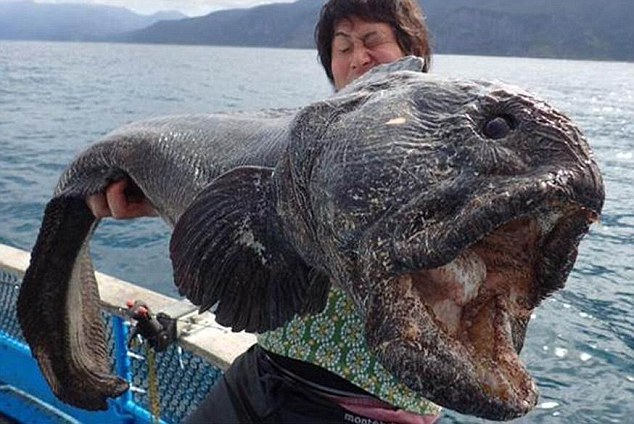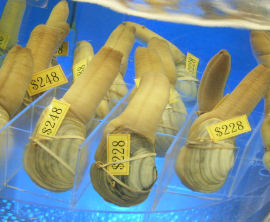
People looking forward to indulging in traditional Chinese New Year (CNY) food items like abalone, scallops and fish will have to fork out more cash this year.
Retailers and wholesalers singled out bad weather as the main culprit responsible for pushing down supply, and driving up prices as a result.
The Chinese pomfret, which is popular during this festive season, has doubled in price because of demand and supply factors.
"It has been raining a lot, so the fishermen go out less often to fish," said a spokesman for Song Fish Dealer, adding that the pomfret now costs $60 per kg. It was about $30 to $40 per kg.
Mr Ang Jwee Herng, director of Hai Sia Seafood, said higher demand for the fish as the new year rolls around has also contributed to the price spike.
The red garoupa, another popular fish served during CNY, has also seen a 30 per cent to 50 per cent price increase due to the same reasons, said wholesalers.
Consumers, however, can find some relief by opting for frozen fish, the prices of which are more stable, said retailers and wholesalers.
Abalone prices have also risen by up to 20 per cent from last year. At Teck Yin Soon Chinese Medical Hall in Temple Street, a can of Calmex abalone from Mexico now costs $198. It was $145 in 2016 and $160 last year.
At Hockhua Tonic, which has 63 outlets in Singapore, a can of abalone from New Zealand costs $32, while a can from China costs $19.80. They were priced at $27 and $16.80 respectively last year.
"The fishermen have been harvesting fewer (abalones) because there were a lot of storms," said Mr James Teo, general manager of Hockhua Tonic.
Dried Japanese scallops are up to 30 per cent more expensive as well compared with last year, with retailers attributing this to dirtier waters and typhoons in Japan that have disrupted the scallops' growth.
"Growing scallops takes about three years, so the market takes a while to recover when something like a typhoon happens," said Mr Mario Chua, chairman of Victoria Wholesale Centre. Scallops at the centre now cost between $22 and $40 per 100g.
But Mr Chua assured customers that prices at the centre will not rise further even as demand increases closer to CNY.
Prices of dried fish maw, sea cucumbers and mushrooms are generally more stable and comparable with last year's.
Despite the rise in prices, some consumers are willing to bear the extra cost.
Housewife Geraldine Mok, 59, said that while she may try to find cheaper alternatives, she will still spend whatever is necessary to put together a good meal for her family.
"After all, it's only once a year that we have a reunion dinner so I would want everyone to have a good time," she said.
http://www.straitstimes.com/singapore/bad-weather-driving-up-prices-of-some-cny-favourites






